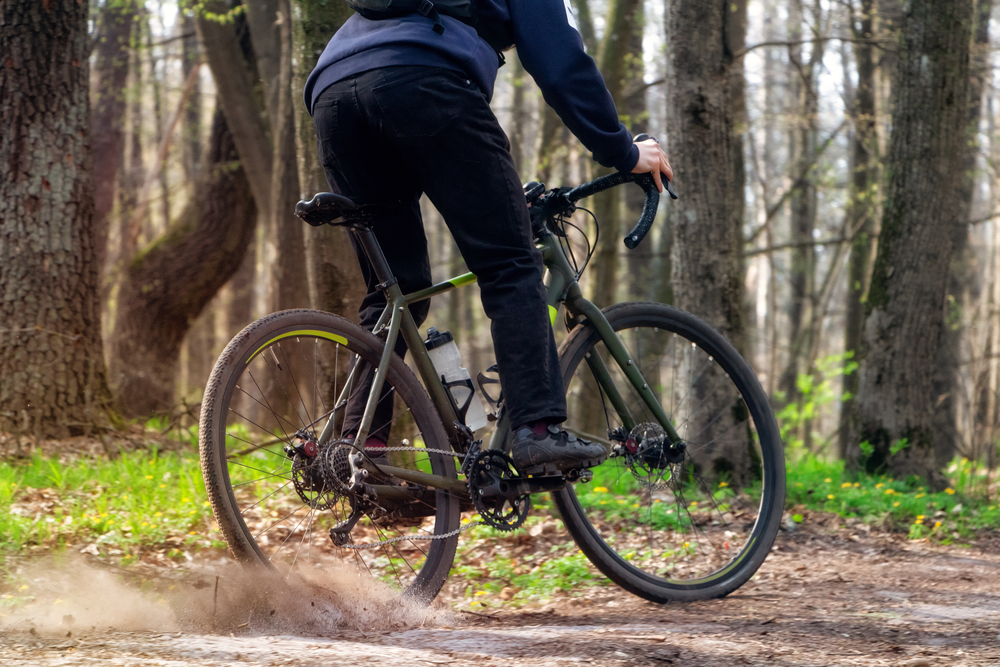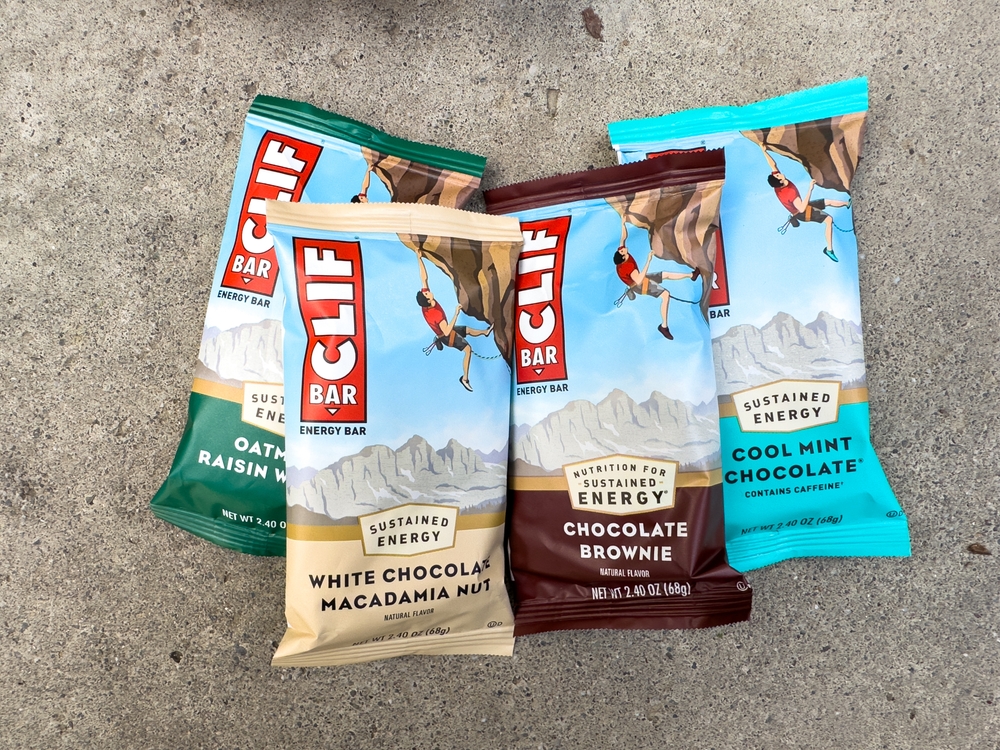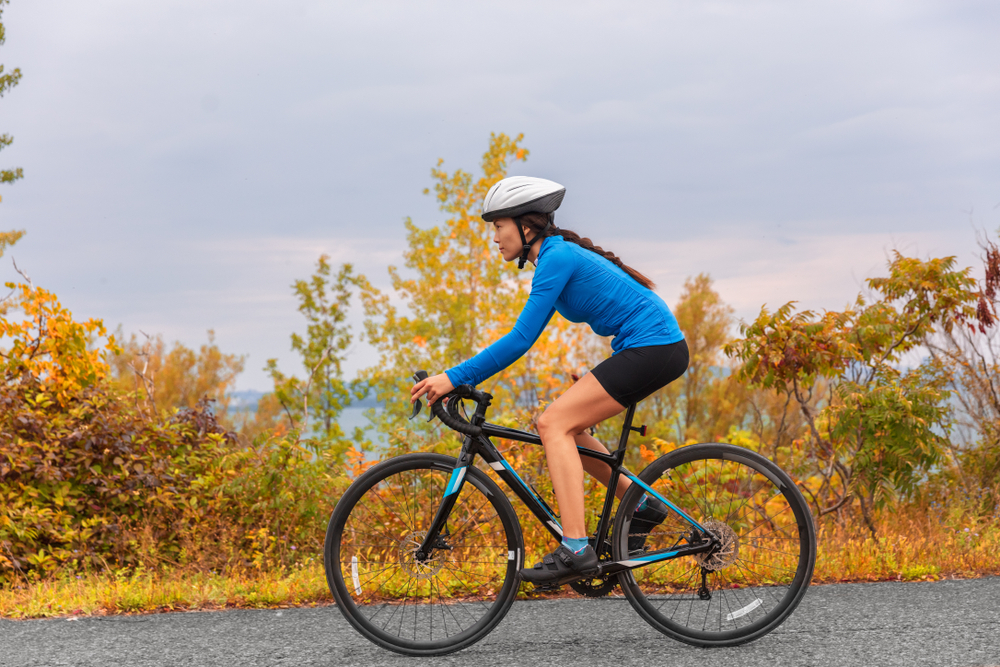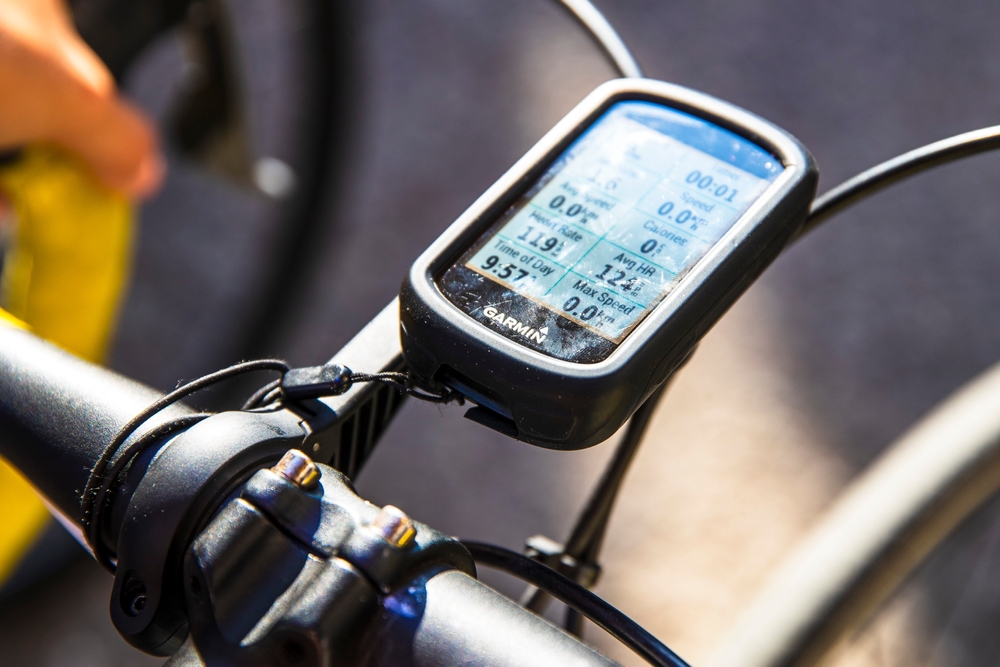Best Trail Bikes
For those who love mountain biking, selecting the right trail bike is crucial. Trail bikes are versatile, designed for varied terrain, and offer a balance of climbing efficiency and descending capability. This guide covers some of the best options available, emphasizing key features and considerations.
Suspension
Suspension is a critical aspect of trail bikes. Full-suspension bikes offer both front and rear shock absorption, improving control and comfort. Popular choices include:
- RockShox: Known for adjustable air springs and reliable dampers.
- Fox: Offers a range of models like the Float series, known for smooth performance.
For a more lightweight option, hardtail bikes feature only front suspension. They are efficient climbers and generally cost less.
Frame Material
Frame material impacts a bike’s weight, strength, and cost. Common materials include:
- Aluminum: Affordable and durable, a popular choice for versatile use.
- Carbon Fiber: Lightweight and strong, often chosen for high-end bikes.
- Steel: Offers a smooth ride but is heavier, suitable for rugged durability.
Each material has its pros and cons. Carbon fiber frames are desirable for their light weight and stiffness, enhancing performance on varied trails.
Wheel Size
Choosing the right wheel size affects maneuverability and stability. The main options are:
- 27.5-inch: Agile and quick, ideal for technical trails.
- 29-inch: Faster with better rollover ability, great for long rides.
The 27.5-inch wheels are nimble, allowing for sharper turns and better handling in twisty sections. In contrast, 29-inch wheels maintain speed and smooth out rough terrain.
Drivetrain
Modern trail bikes mostly use single-ring (1x) drivetrains. These are simpler, lighter, and offer a wide range of gears. Popular options include:
- Sram Eagle: Known for its 12-speed system and wide range cassette.
- Shimano XT: Offers robust performance with an 11-speed setup.
The simplicity of a 1x setup reduces the risk of dropping chains and cuts down on maintenance. Sram Eagle drivetrains provide a cassette with up to 52 teeth, offering versatile gearing for climbs and descents.
Braking Systems
Brakes are essential for control and safety. Hydraulic disc brakes are the standard for trail bikes, offering consistent performance in all conditions. Key brands include:
- Shimano: Known for reliability and smooth modulation.
- Sram: Offers powerful braking with adjustments for lever feel.
Hydraulic disc brakes outperform mechanical ones by providing better stopping power and easier maintenance. Riders can confidently tackle steep descents and technical sections knowing they have reliable brakes.
Geometry
Bike geometry affects handling, comfort, and stability. Key aspects include head angle, seat angle, reach, and chainstay length. Bikes with a slack head angle offer stability on descents, while steeper angles are more responsive.
Trail bikes typically feature head angles between 65-68 degrees. This range balances control and agility. Modern designs often include longer reaches paired with shorter stems, ensuring better weight distribution and handling.
Tire Choice
Tires influence traction, rolling resistance, and ride feel. Trail bikes often use wide tires (2.3-2.6 inches) for improved grip. Tires to consider:
- Maxxis Minion DHF/DHR: Popular for excellent traction and cornering.
- Schwalbe Nobby Nic: Versatile and fast-rolling with good grip.
Maxxis Minion tires are a go-to choice for their aggressive tread, ensuring solid performance in loose and muddy conditions. Schwalbe Nobby Nic tires offer versatility, performing well across a range of terrains.
Dropper Posts
Dropper posts have become a standard feature. They allow the rider to adjust the seat height on the fly, improving control on descents. Consider posts with internal routing for a cleaner look and better protection.
- RockShox Reverb: Known for smooth operation and reliability.
- Fox Transfer: Offers quick adjustments and solid construction.
Dropper posts enhance the overall trail riding experience, providing comfort and convenience. Riders can easily shift between pedaling and descending positions, optimizing performance and safety.
Notable Models
Several trail bikes stand out in the market for their performance and features. Here are a few notable models:
- Specialized Stumpjumper: A versatile choice with responsive handling and good suspension.
- Trek Fuel EX: Known for its balanced geometry and solid construction.
- Yeti SB130: Offers excellent climbing ability and confident descending.
- Santa Cruz Hightower: A capable bike with robust build quality and smooth travel.
The Specialized Stumpjumper is often praised for its efficient climbing and capable descending, making it a well-rounded option. Trek’s Fuel EX is another favorite, known for its versatility and reliability. The Yeti SB130 excels in both uphill and downhill terrains, providing a good all-around performance. Lastly, the Santa Cruz Hightower combines a solid frame with effective suspension, ensuring a smooth ride.
Each of these models offers unique strengths, catering to different rider preferences and trail conditions.
“`






